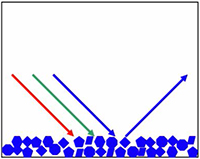
A general definition of a pigment could mean any substance that alters the color of a material through selective color absorption. Pigments are used to color a broad range of products including ink, paint, cosmetics, fabric and food. Many pigments work by selectively absorbing and reflecting specific wavelengths of light. When the multiple wavelengths of white light encounter a pigment some wavelengths are absorbed by the chemical bonds of the pigment and others are reflected. The newly created spectrum creates the appearance of a color.
Particle size is a critical physical characteristic of pigments, affecting many performance factors including gloss and tinctorial strength. Laser diffraction is the most popular method of particle size analysis for the milling process, allowing close control and optimization of a number of final product performance criteria.
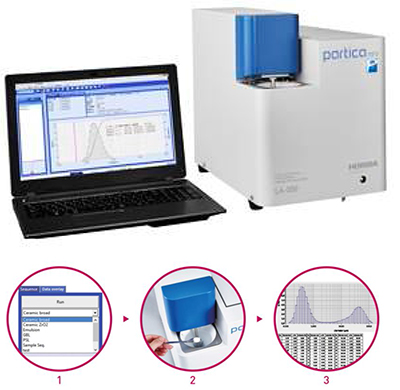
A broad collection of paint and pigment products exist in particulate form in both the raw materials and finished products. The particle size distribution of these materials determines their appearance, quality, functionality and processability. These samples cover an extremely broad range of size distributions. This is probably why HORIBA LA-350 laser diffraction particle size analyzers have always been the system of preference in these industries.
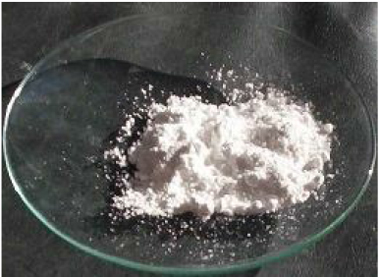
Titanium Dioxide
Titanium Dioxide (TiO2) is a pigment used in paints and many other applications. The particle size distribution of titanium dioxide is critical because it affects many important physical properties that influence final product performance. The particle size analysis is typically performed using the laser diffraction technique, and specifically by HORIBA system, at dozens of TiO2 manufacturing sites around the world.

Pigment Particle Size and Hiding Power
Particle size is directly related to hiding power in pigments. Due to its speed and wide size measurement range, laser diffraction is an ideal tool for tracking the grinding process and therefore controlling the resulting pigment performance. Laser diffraction results rapidly tell the manufacturer when a product is sufficiently small and therefore allows optimum use of manufacturing equipment.
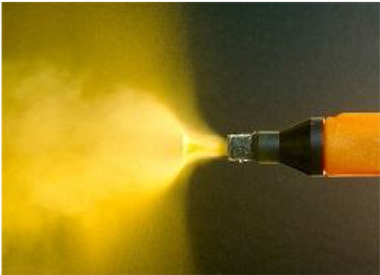
Powder Coatings
Powder coatings are alternatives to paints that are comprised of a resin and a pigment. The powder is sprayed on the part and attracted by the electrostatic charge applied to the part. The item is then heated in an oven to cure the resin and form a solid layer. Particle size is important to provide the optimum surface finish and minimize process waste. As with other pigments, the size of the largest pigment particles affects the surface finish. Larger particles will protrude above the surface, leaving a rough texture.
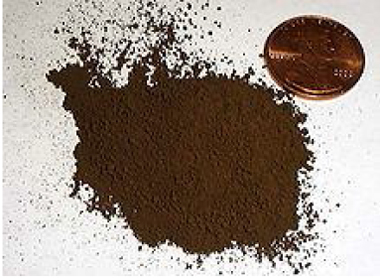
Iron Oxides
Iron oxides are used in a wide variety of forms and have many uses. The majority are used of all colored inorganic pigments, used in concrete products, paints, plastics, and other media. Due to their chemical and magnetic properties, iron oxide powders also find significant commercial usage in electromagnetic components, catalysts, toners, magnetic recording media, and other applications. Particle sizing in each of these applications is critical to final product performance.
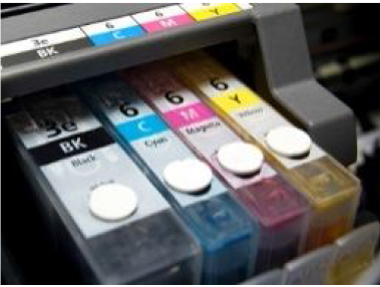
Inks
An ink is a liquid containing various pigments and/or dyes used for coloring a surface to produce an image, text, or design. Ink is a complex medium composed of solvents, pigments, dyes, resins, lubricants, solubilizers, surfactants, particulate matter, and other materials. Particle size of the pigment particles can significantly affect the color strength, surface finish, and durability of the final product.
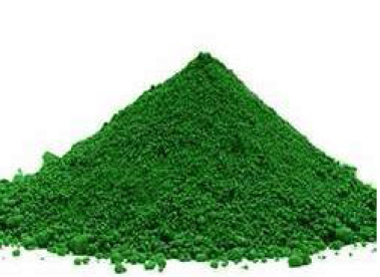
Chromium Oxide Green
Chromium oxide is a green material. The dimethicone treatment adds a degree of “slip” to the particles allowing for better color saturation. The resulting green pigment is predominantly used in cosmetics manufacturing.